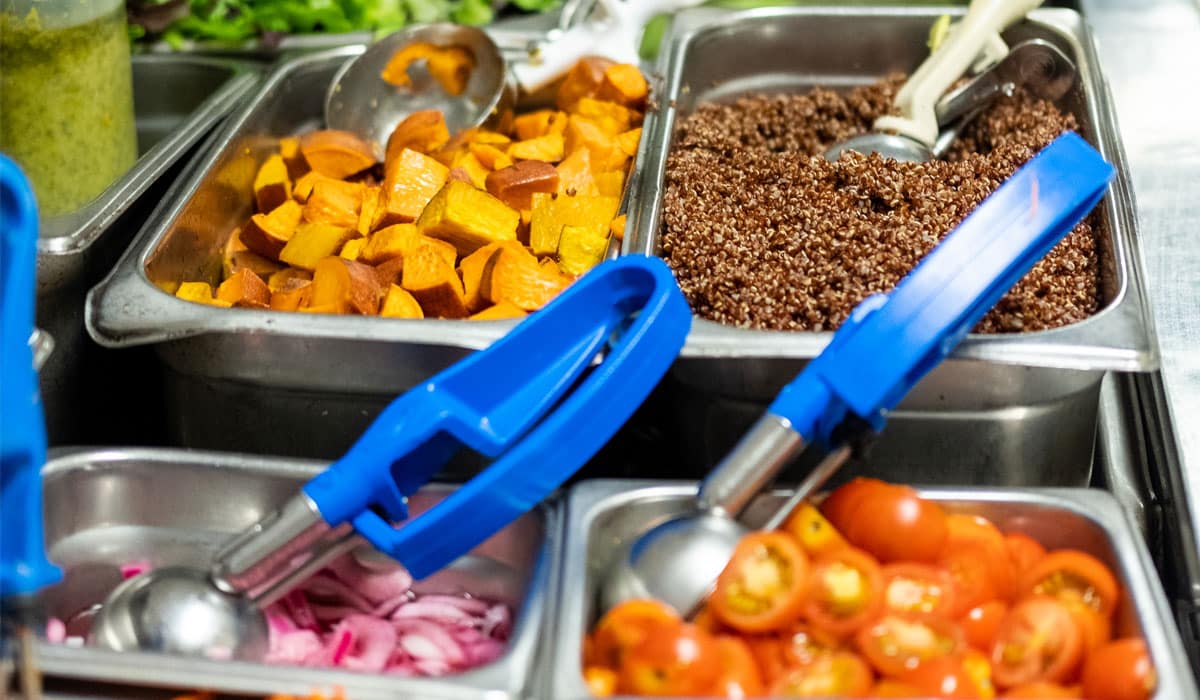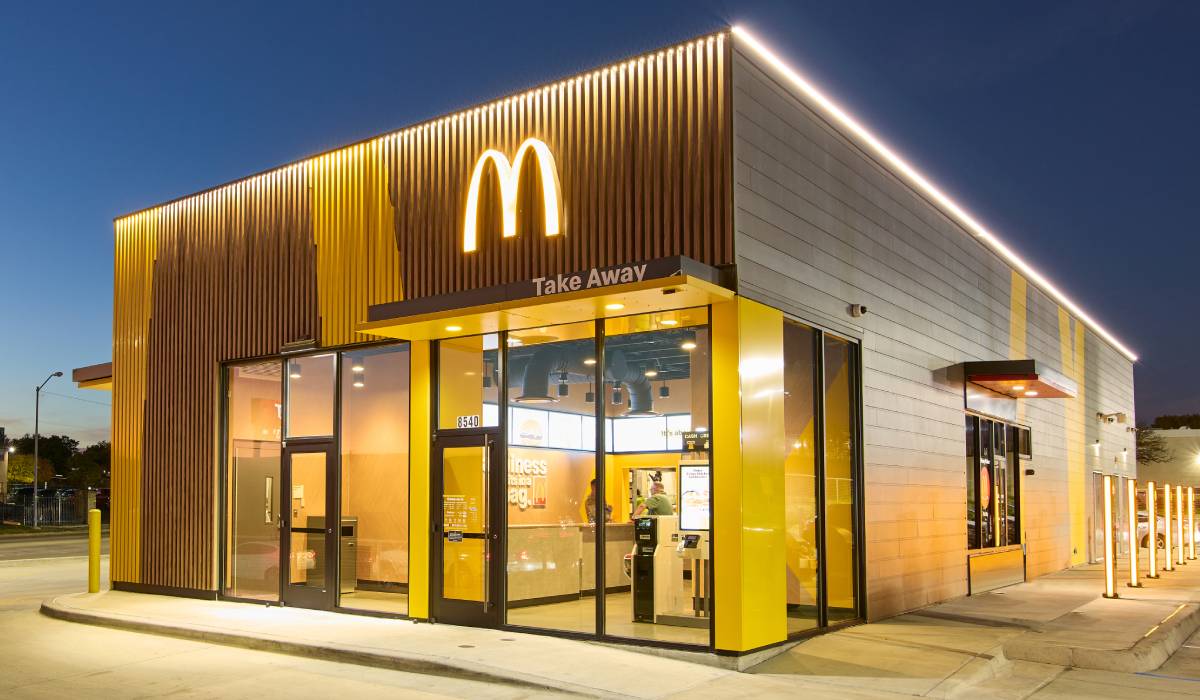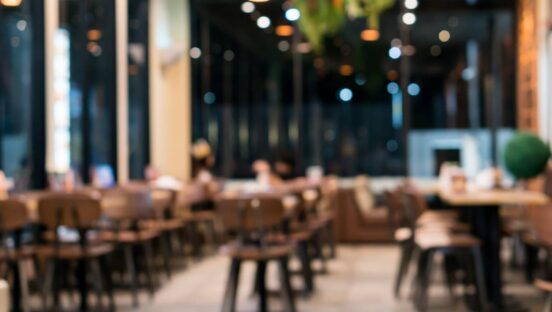Overcoming difficult circumstances can make a business stronger and more resilient. That’s never been truer for the independent restaurant operators working to survive the COVID-19 pandemic, and it’s the mindset we’ve embraced at Kitava Kitchen to survive and ultimately thrive over the past 10 months.
When stay-at-home orders were first announced in San Francisco, Kitava saw revenues plunge by 60 percent, with 90 percent of our business shifting to delivery through third-party apps. Seven months later, we’ve recovered topline sales to nearly 80 percent of prior levels, and have earned a positive net profit every month from June through October.
There’s no magic bullet to how we’ve achieved these results. We didn’t have a huge fund or restaurant group behind us, and we haven’t pioneered a completely new business model. We’ve simply made a series of practical decisions based on the new environment, and implemented them rigorously each week in order to keep our single-location (Kitava has since opened a second location in Oakland, California) business running. Our approach has taught us a few lessons we hope can be useful for other independent restaurants currently fighting the good fight.
Let’s take a look at how Kitava was impacted by COVID-19, followed by how we responded, and where the business stands today.
Early Fallout
Starting around March 8, we noticed a shift in sales from dine-in to delivery. Catering orders also started getting cancelled, mainly from offices in downtown San Francisco. This resulted in a 60 percent decline in total sales on March 16, the day shelter-in-place orders were officially announced. By the end of April, total weekly sales had settled at 46 percent of Kitava’s pre-COVID levels.

This initial decline in sales impacted all channels. Dine-in and catering sales dropped 97 percent to nearly zero, with takeout sales falling 59 percent. Even volume from on-demand delivery decreased 28 percent from March 16 through May 3, compared with pre-pandemic levels.

As a percentage of sales, delivery grew to account for nearly 90 percent of our business (compared with less than 60 percent prior to COVID). This is noteworthy, as delivery is the lowest-margin sales channel for Kitava (as it is for most restaurants). Third-party apps take anywhere from 20–25 percent of every delivery sale, before we have to account for food costs, labor, and overhead.

With Kitava’s total sales at less than half normal volume, and forced to rely on low margin delivery sales for 90 percent of our income, we knew we had to act rapidly in order to survive the uncertainty ahead.
How We Responded
Our response centered around controlling our costs, tapping into new revenue streams while focusing on our core, and building stronger direct relationships with our customers.
Here’s how we methodically tackled each one of these steps:
Tightly Manage Prime Costs
Although sales plunged 60 percent initially, we knew there was some revenue coming in from delivery. This allowed us to take a hands-on approach to labor and food costs in order to ensure we stopped cash from bleeding as quickly as possible. Our restaurant leadership worked to develop a “skeleton crew” labor model, which we used for scenario planning based on a variety of sales outcomes. We updated and adjusted the model weekly based on the prior week’s sales performance, allowing us to keep a close eye on labor. Meanwhile, our back-of-house team focused on minimizing food waste and loss as much as possible, recognizing our old volume estimates had gone out the window.
As a result, Kitava’s Prime Costs from June through October are over four percentage points lower than our pre-COVID average.
It’s worth noting Kitava did not lay anyone off as a result of COVID-19. Our goal was to keep as many people employed as possible, as safely as possible, while keeping our business alive. We worked collaboratively to reduce hours in an equitable fashion, while rotating the schedule to distribute available hours among as many team members as possible. Our team was rewarded when we held our regularly scheduled mid-year employee review process in July, and every eligible employee received a pay raise of some kind.
Generate Revenue From The Core
After adapting to the new operational requirements, controlling costs, and ensuring our staff remained employed, we turned our attention to bringing in enough money so the business was able to survive financially
Here’s where we focused our efforts:
Rally Our Fans. It was key for Kitava to tap into our existing audience to help us navigate the uncertainty ahead. First, we wanted them to know we were still open and operating safely. We communicated everything we knew about the situation, and the steps we were taking to keep our guests and team members safe. Second, we asked them for their support, whether in the form of gift card purchases, delivery and pickup orders, or donating to one of our nonprofit partners. Finally, we began developing monthly specials as a way to keep our menu fresh and enticing, and to reward our loyal guests for their continued patronage.
Boxed Meal Catering. Knowing family-style catering wasn’t coming back anytime soon, we began crafting a robust boxed meal catering offering for bulk orders. This paid off for us in June, as we began to field inquiries from our third-party catering partners looking for individually packaged and sealed boxed lunches for their office clients. While corporate catering still represents a small percentage of overall sales and a fraction of its previous volume, we’re now seeing several thousand dollars a month in catering revenue, 100 percent of which comes from individually boxed meals.
Nonprofit Partnerships. Several organizations sprang up to help serve those in need during the pandemic, while simultaneously providing much needed revenue to restaurants. Kitava was fortunate to partner with Feed The Line in March and April to serve local healthcare workers, and more recently we’ve begun working with SF New Deal to provide meals to senior citizens. Our restaurant also helped pilot and launch HelpKitchen in April, a nonprofit started by Kitava co-founder Jeff Nobbs and a team of volunteer entrepreneurs, to feed food insecure individuals in San Francisco and Detroit. These partnerships have provided a small but steady stream of sales throughout the pandemic, giving the business just enough extra margin and breathing room to overcome the loss of dine-in sales.
Small Business Grants and Loans. Since our goal was to remain open if we could operate our delivery and takeout businesses safely and effectively, we knew a Paycheck Protection Program (PPP) loan made a lot of sense for Kitava. Fortunately, we were granted a PPP loan within the first wave of applicants. This much-needed safety net gave us enough breathing room to weather the initial losses, and helped us get back on our feet. We also applied for and received grants from two local programs designed to provide funds to small businesses. None of this money was enough to survive on alone, but every bit helped us get through the first couple months of the pandemic.
[float_image image=”https://www.qsrmagazine.com/wp-content/uploads/2020/09/iStock-1263553178-cropped.jpg” width=”50″ link=”” caption=”Bryan Tublin is the owner and co-founder of Kitava Kitchen.
” alt=”One Easy Way To Eliminate Logistics Headaches For Good” align=”left” /]
Just as crucial were the initiatives we considered, but ultimately decided not to pursue. This list includes selling bulk family meals, turning our dining area into a grocery store, delivering “essential” supplies, and creating a CSA-style offering using our meat and produce vendors. Though tempting, we felt experimenting with these ideas would take us too far away from our core business. Rather than risk the expense and distraction of completely new channels that might not last beyond the pandemic, we chose instead to focus on revenue opportunities that leveraged our existing strengths, hoping these efforts would pay off in a more durable way in a post-pandemic environment.
Position for Growth and Opportunity
Early in the pandemic it became clear that delivery was essential for any fast-casual restaurant, guests would increasingly look to utilize digital ordering solutions, and owning the guest experience would extend even further beyond the dine-in experience.
For Kitava, this meant allowing guests to order pickup and delivery meals directly through our website, improving our ability to shape the guest experience while bypassing third-party delivery fees. We quickly launched this new online ordering channel, and have worked to grow and promote this offering to our followers through exclusive specials, monthly discounts, and cheaper prices than seen on the delivery app marketplaces.
We’ve also recognized the opportunity to expand our presence to new markets, due to the increased consumer focus on delivery during the pandemic. While these initiatives are still nascent, we are currently exploring partnerships with both brick-and-mortar businesses and ghost kitchen concepts to bring our unique brand of healthy meals to adjacent markets in the Bay Area in 2021.
We believe those who survive this pandemic will come out of it stronger than ever, and we’re doing everything we can to put ourselves in a position to succeed next year and beyond.
Where Are We Now?
As we look toward the future, we’re more excited than ever about Kitava’s potential to fill a need in the marketplace. More consumers in every market are looking to support their health through quality food choices, without sacrificing taste and convenience. This fully aligns with our company’s founding purpose and value proposition—to make healthy food everyone can enjoy accessible to as many people and communities as possible.
While the pandemic is far from over, these results have given us confidence we will successfully weather the storm. It seems crazy to say, but Kitava is stronger at the end of 2020 than we were in the beginning. Our entire team is ready and well-positioned to take on the challenges that lie ahead, and continue our mission to nourish the world through real food.
Bryan Tublin is the owner and co-founder of Kitava Kitchen, a fast-casual restaurant specializing in healthy food everyone can enjoy. Kitava’s globally-inspired menu features comforting classics with a healthy twist, with a heavy emphasis on health-promoting ingredients that work well with special and restrictive diets. In addition to running the day-to-day business operations for Kitava, Bryan also serves on the Board of Directors for the Golden Gate Restaurant Association, as well as the Restaurant Advisory Council for Doordash.









